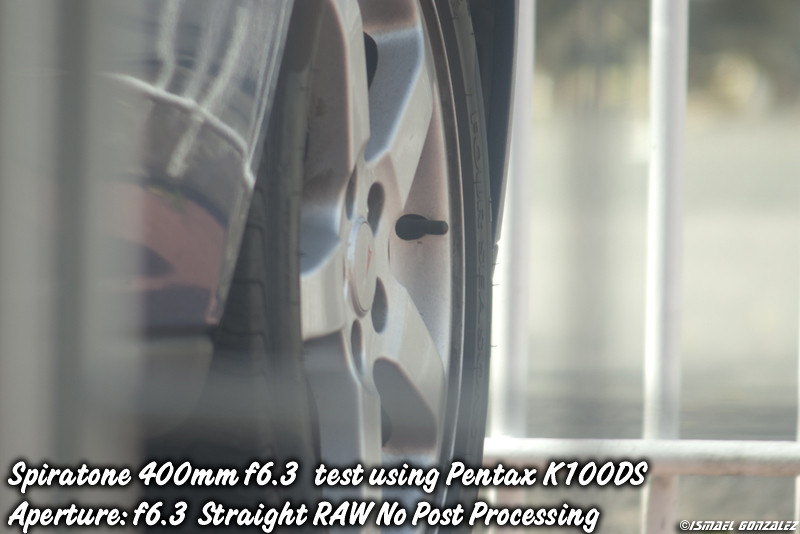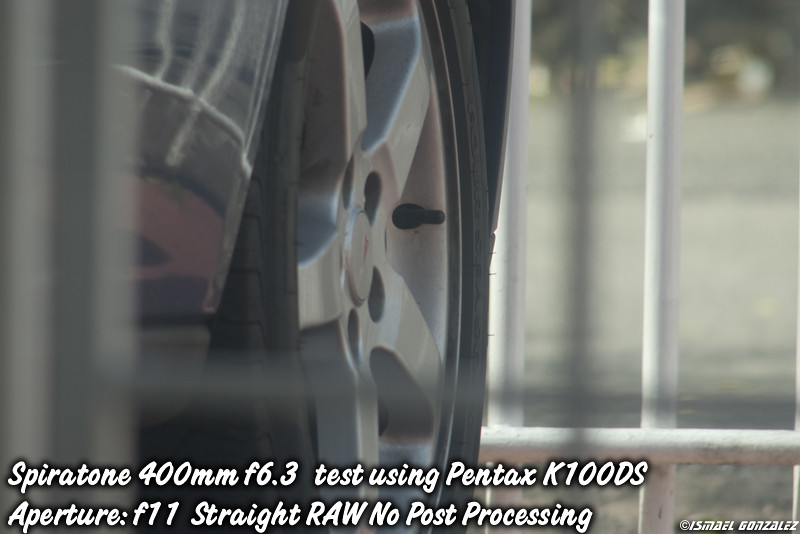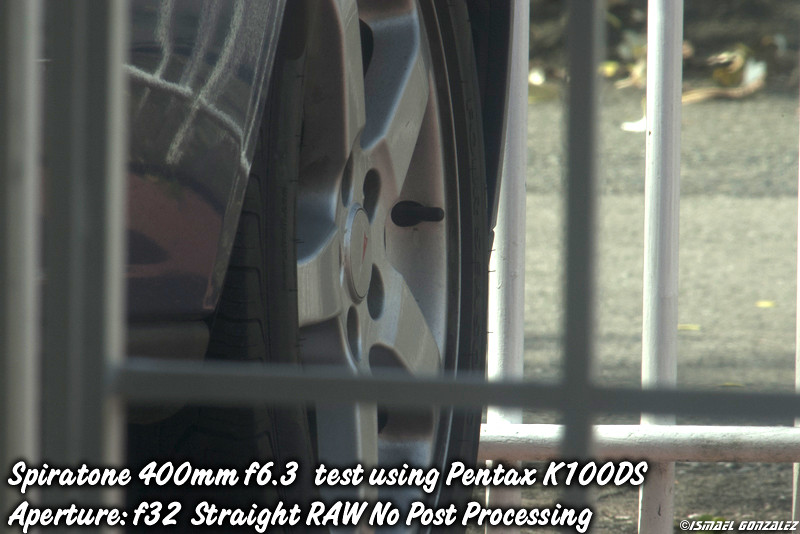 Originally posted by Astro-Baby
Originally posted by Astro-Baby 
As mentioned some cameras have a DOF preview which stops the lens down so you can see whats in focus but I never find it helpful, usually at small apertures the image becomes so dark on the focus screen its very hard to tell whats happening.
I'm glad I'm not the only one. The KM, from which the K1000 was derived, did have a depth of field [DoF] preview lever, and the cameras I now have also do, but I never use it. It could be useful when taking close-ups of brightly lit subjects in rooms with subdued lighting.
Regarding the DoF scales on old manual focus lenses, they are supposed to be applicable for normal sized prints viewed at normal distances, whatever those are. Of course there is no step change of sharpness at those distances. The sharpness is only perfect (or optimum, as nothing is perfect) at one distance and it deteriorates as you look away from that distance in the photo, and the larger the aperture the more rapid the deterioration is. This is Laws of Physics stuff, independent of camera brand etc.
Interestingly the human eye has a very narrow and shallow field of sharpness. We make up for it by moving our eyes around the scene and building the whole picture in the brain. We do have a very wide field of view, but fuzzy outside the centre; it is to detect movement at the edges that may be a threat (or opportunity).
Historically. artists usually painted their whole canvas "in focus", especially before photography unwittingly showed a new style. They often painted at resolutions beyond that of the human eye at normal viewing distance, but of course viewers in galleries often step closer for detailed examination. Even for photographs - I went to the London exhibition of Ansel Adams photos in the 1980s and saw an older gent examining the bottom corners of the prints with a large magnifying glass!
Some Pre-Raphaelite painters were reputed to paint with a single hair on their brush - an exageration though.
The Scapegoat
by Holman Hunt, Pre-Raphaelite School, 1856



 Similar Threads
Similar Threads 
























